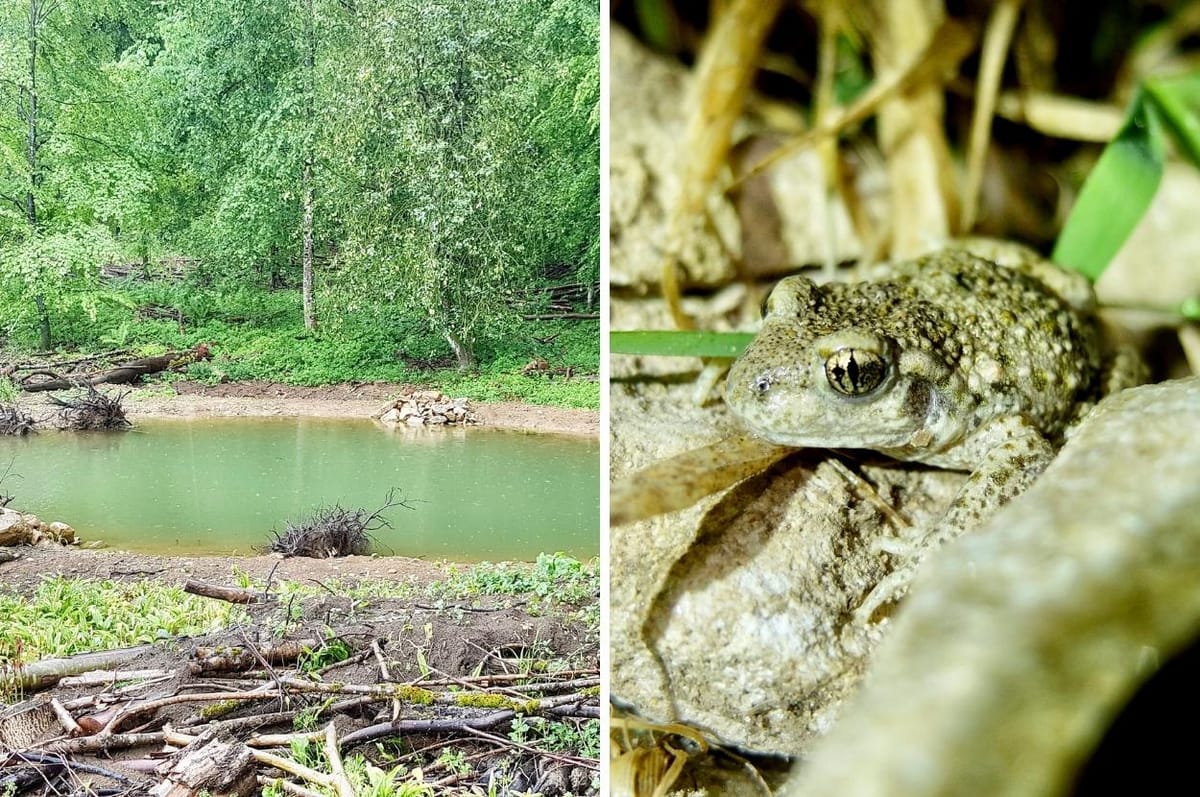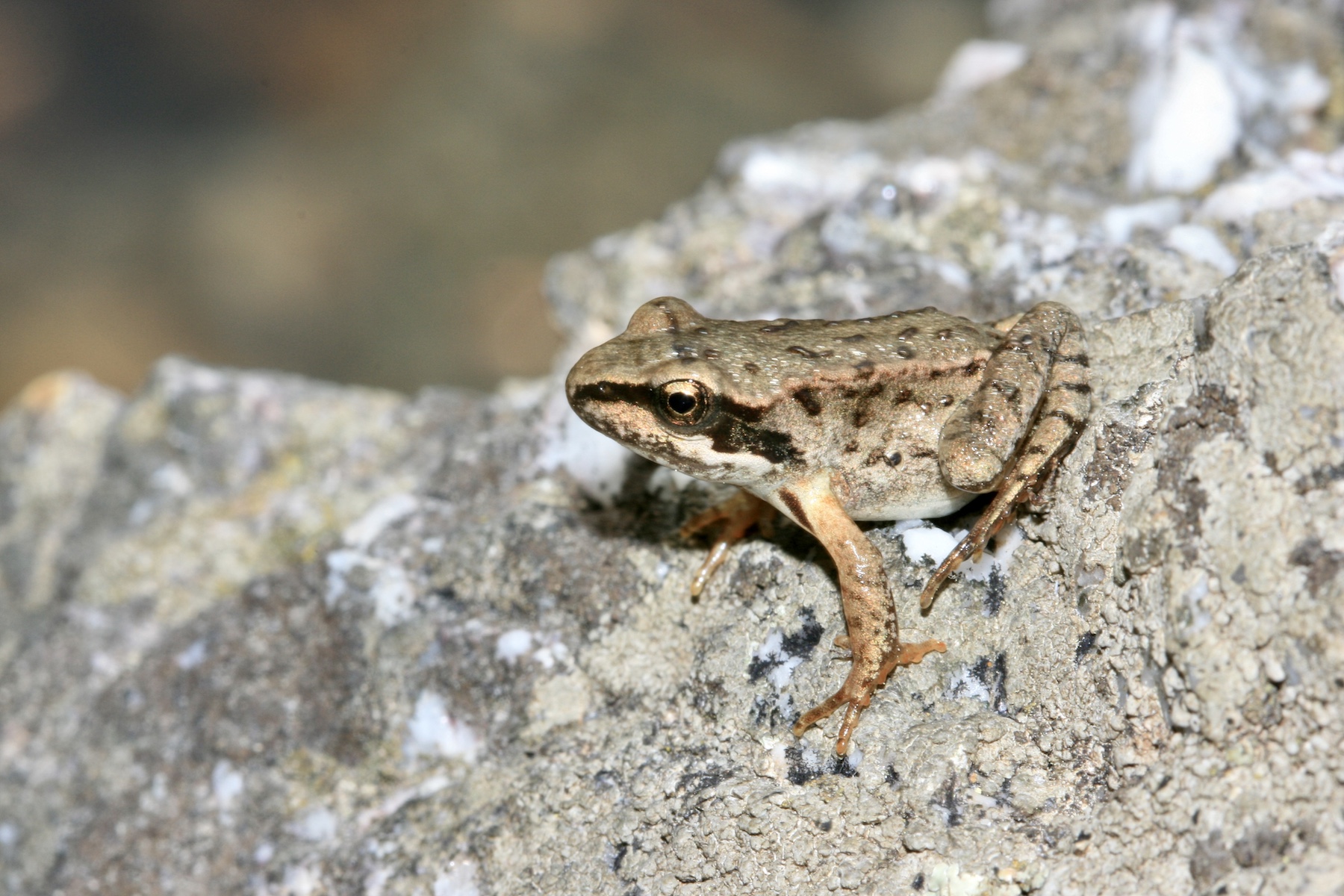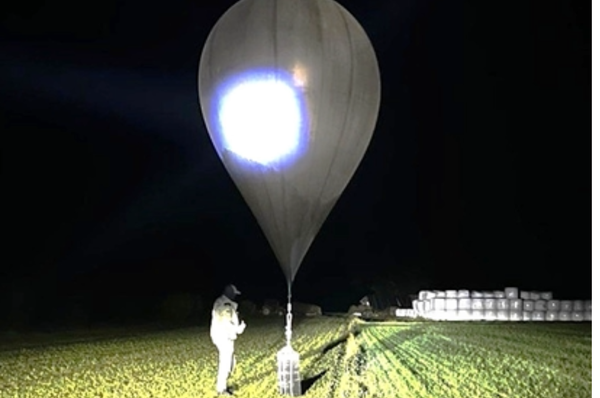Swiss People Kept Digging Ponds For 20 Years And Now Endangered Frog Populations Have “Exploded”
For more than 20 years, state authorities, non-profits, and volunteers in Switzerland have dug ponds as part of a conservation effort to improve the population of endangered frogs and it has finally yielded positive results.

For more than 20 years, people in an area in Switzerland have been digging ponds as part of conservation efforts to increase the population of endangered frogs, and it has finally yielded positive results, according to a new research study.
In Switzerland, high urbanization, infrastructure and invasive species have destroyed the habitat of many amphibians, leading to a worrying decline in their population.
In 1999, after observing the decline of the European tree frog, the Aargau region decided to launch a mass conservation effort against the loss of amphibians.

State authorities, non-profits, landowners and volunteers then worked together for 20 years to create 422 ponds, forming new habitats for amphibians.

In 1999, scientists could only find the European tree frog in 16 areas in the Reusstal Valley, but by 2019, the species was found in 77 locations, according to the BBC.
32 percent of eight endangered amphibian populations have stabilized, and more than half saw a population increase in the region, scientists told BBC.

The most prominent increase has been the European tree frog, with scientists calling it an “explosion”.
Besides frogs, other endangered amphibian species such as toads and newts have also benefited from the program.

Scientists say the results show that pond building is simple and effect and could be easily replicated across the world.
“Habitat loss is one of the main problems, and just by addressing that we could see the difference it made, and begin the recovery of these species,” the head of the research study, Dr. Helen Moor, told the BBC.
“The key message is that it pays to do something, even if it feels overwhelming,” Moor said.




